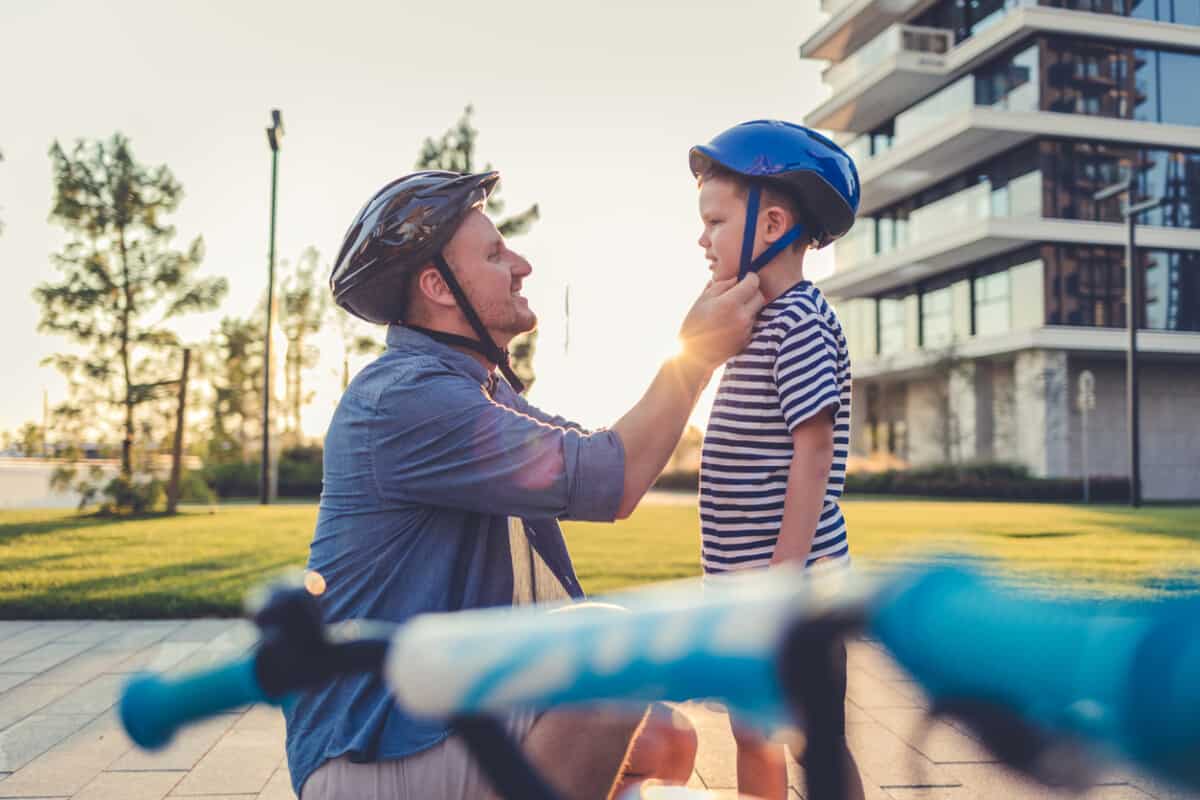When pediatricians make a recommendation or advise a lifestyle change, we do so because research and data show us that those recommendations make a difference in improving and maintaining our children’s health. The American Academy of Pediatrics has been making these kinds of recommendations for decades, but pediatricians, urgent care clinics and emergency rooms still stay busy—especially in the summer.
Your providers here at Alzein Pediatrics know that, sometimes, these recommendations aren’t easy to hear, and can be even more difficult to follow. However, here are five summer risks we absolutely don’t take as a pediatrician or as a parent.
- Playing with fireworks (of all stars and stripes)
Fireworks are extremely dangerous by design. Researchers estimate around 11,000 firework-related injuries occurred last year, down from a peak of over 15,000 during the pandemic but still higher than 25 years ago. Children shouldn’t be playing with the stuff that makes fireworks work: highly combustible chemicals. This includes sparklers (over 1,000 injuries just last year) and firecrackers (also about 1,000 injuries last year). Sparklers burn at around 2000° F and can make quick work of fabric, skin, and even some metals. The US Consumer Product Safety Bureau adds that nearly a third of products it sampled and tested were noncompliant with manufacturing requirements (things like bad fuses, using too much explosive material, and using prohibited chemicals). Not only are fireworks dangerous by design, they are designed dangerously, exposing your children and you to even more risk.
- Be around water unattended
Happily, drowning deaths have been on a steady decline. Experts credit this decline to a two-pronged approach to water safety. Swim lessons make up one prong of water safety, but prior to getting in the water we need to be safe by the water. The AAP recommends “touch supervision”—being within arms reach at all times—for all children under four and beginning swimmers. Children under 4 are small and short, so this touch supervision rule applies whether your little one wants to wade in the ocean or in that plastic pool you just inflated in the backyard. Stronger swimmers and older, taller children may not need or want the constant touch, but they still need supervision appropriate for water conditions and the swimmer.
- Ride anything without a helmet at any age
Sadly, over half of American adults say they never wear a helmet, but there’s absolutely no experience level where wearing a helmet becomes unnecessary. The data demonstrates that you want a helmet when you have a bike mishap, just like you want a seatbelt in a car collision.
Given the speed and machines involved, it doesn’t take a catastrophic accident to need head protection. If more parents wore helmets, not only would it set a much better example for children, it would reduce cyclist deaths and serious injuries by a third in the U.S. In that moment when you’re deciding if you want to wear a helmet, ask yourself if you want reduce your risk of a head injury by 48%, of traumatic brain injury by 53%, and of serious head injury by 60%. Isn’t it really a no-brainer to always wear a helmet?
- Wear flip-flops anywhere other than a shower
Proper footwear is important because we rely on our feet to move through some pretty filthy environments. Flip-flops provide only the thinnest of protection on the bottom of the foot, increasing your child’s risk for a variety of diseases including warts, HPV, and staph and fungal infections. Flip-flops also force children, who are still developing their motor skills, to adapt to the poor shoe design, causing a short, unnatural stride with curled toes. Over time, this adjustment can cause muscle strain and flat feet in all wearers. For children, the unnatural stride can also impede proper muscle development and cause lifelong health issues.
- Ride an ATV under the age of 16
Because we’re pro-bike-helmet and anti-flip-flop, it probably won’t shock you to hear we’re not fans of children riding ATVs. Unfortunately, the ATV injury numbers were trending in a direction that forced the AAP to release guidance on the issue. A recent three-year review of accident data revealed that children under sixteen accounted for 13% of total ATV deaths, and nearly half of those were younger than 12. Very young children have disproportionately poorer outcomes in ATV crashes. In fact, 90% of children ATV deaths can be attributed to improper sizing and riding, which is a technical method of saying “putting someone on a machine not designed for them.” Given those staggering numbers and inconsistent laws surrounding ATVs, the AAP advises that no one under 16 ride an ATV. That’s another recommendation we’re happy to both give and live.
When your kids are fighting you about fireworks, helmets, or anything you feel is dangerous to their health and well-being, don’t be afraid to throw us under the bus. All of the providers here at Alzein Pediatrics are happy to take the heat for your very wise but potentially unpopular parenting decisions. We are always available to speak to you and your kids about safety issues!


